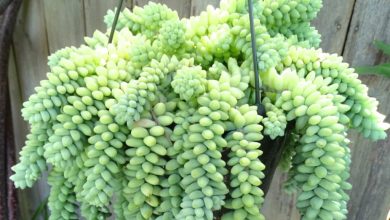peony care
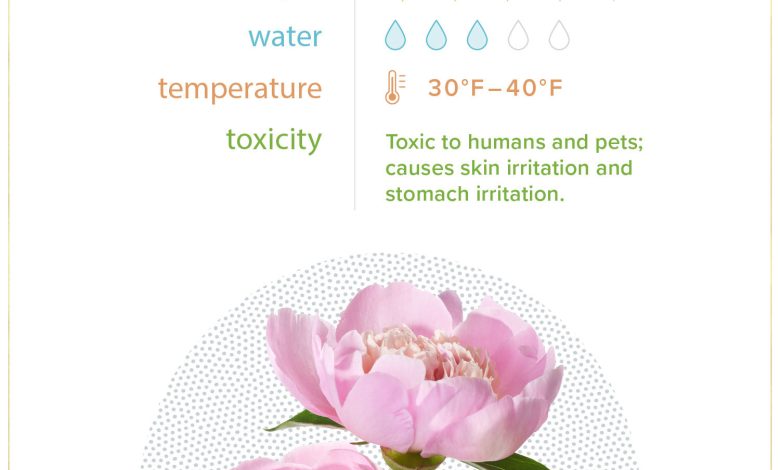
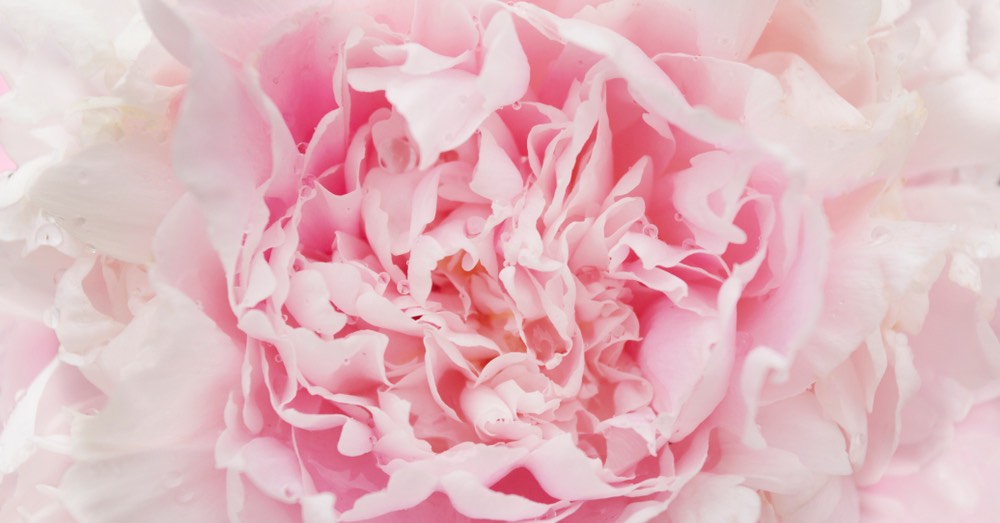
It is one of the most popular flowers, both to have in the garden and for any flower arrangement. Added to its incredible beauty is another aspect that makes it irresistible. Peony care is so simple that it is an ideal plant for both gardeners and beginners. If something characterizes this plant, it is that it is extremely resistant. What’s more: it has some ability to fend for itself with little attention as an adult.
Before knowing in detail the care of the peony, it is worth knowing more about its history. Despite being a plant native to Asia, its expansion throughout the Old Continent has made it almost an autochthonous plant. Something that we owe, to a great extent, to the Roman Empire that, captivated by its beauty, took it upon itself to take it wherever it went. A fact that has allowed it to be enjoyed in a traditional way in latitudes far removed from its origins.
So, let’s see the care of this extraordinarily rustic and resistant plant. A beautiful companion to have in the garden or even on a terrace or balcony.
5 FUNDAMENTAL PEONIES CARE FOR THEM TO FLOWER
Whether we decide to have it in a pot or if we grow it directly in the ground, peony care is just as undemanding. In reality, we will only have to be aware of her first stage. A time when it does need more attention. It is precisely at the time of planting when they demand the most attention. And not because its maintenance is different from that of its adult stage. Rather, because laying the foundations of the plant correctly will allow it to take root and grow properly.
Bearing this in mind, let us know what the care of the peony is. A plant capable of resisting inclement weather and even pests.
1. Temperature, essential for its development
In order to enjoy their wonderful flowering, it is essential that they receive a good amount of daily light. And with this we speak of nothing less than a minimum of six a day. Of course: it is recommended that the sun does not directly affect them in the peak hours of the day, since it can spoil their flowers.
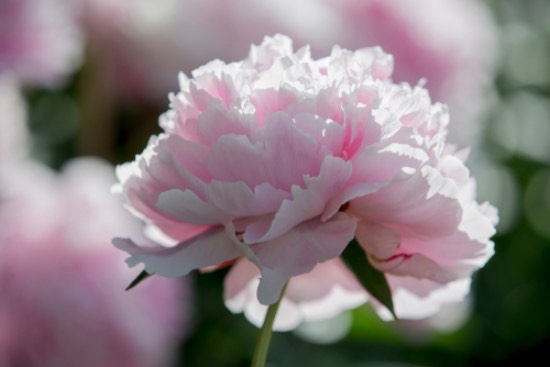
Due to its extraordinarily resistant character, the peony is capable of living in almost any climate. It is true that they grow better in climates with cold temperatures, as they can withstand even sub-zero temperatures. However, we can also grow them in a warm climate. To achieve this successfully, we will only have to attend to one of the most important care for peonies: their place of planting.
2. Planting, one of the key peony cares for its development
It is, perhaps, the aspect that we have to pamper the most of this plant. When and where we plant the peony will determine the success of the growth of this plant. For it to take root properly, it is essential that it be planted in a cool season. Therefore, the beginning of spring is a good time to do it as long as there are no frosts. If we live in a cold climate, the ideal is to wait until April or even May to plant it.
A paragraph. Being a very wide botanical family, we can find this plant both shrubby and herbaceous. It is important to know exactly what ours is, since this also affects when it is planted. While herbaceous plants are planted in spring, in the case of shrubs it is better to wait until autumn. Thanks to the temperature of this season, the peony will take root better.
Known the when, let’s see the where. An aspect even more important than the previous one. The location of the peony will not be chosen by us, but is determined by the needs of the plant. If we live in a warm climate, the ideal is to plant it near shade trees. In this way, when the thermometer begins to rise in the warm months, we will avoid exposing them to direct sunlight.
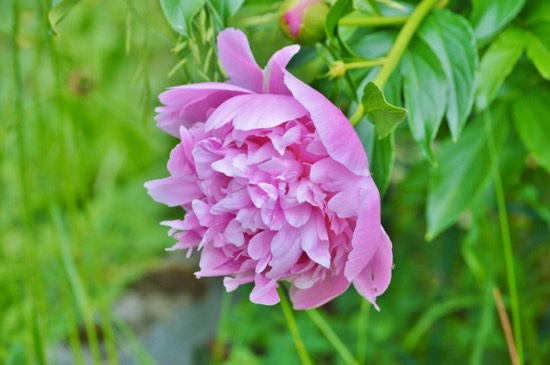
And yet another consideration: the size of this plant. Something to keep in mind, too, when choosing your planting location. While the herbaceous peony does not usually reach a meter in height, the shrubby one can exceed two meters. A factor to anticipate also when planting.
The depth of planting according to the climate
Again, we have to make an important differentiation. On the one hand, depending on the type of peony. If it is one of a herbaceous nature, the ideal is to plant it five centimeters from the surface. While if it is a bushy peony, the ideal is for the planting hole to have between 10 and 15. In this way we will be giving the plant the depth it demands to be able to properly lay its roots.
But in addition to this, we must consider another aspect in the care of the peony. And it is that the depth of planting also varies according to how our climate is. If we live in a warm climate, the ideal is that we slightly reduce the planting depth: in the case of herbaceous plants, three centimeters with respect to the surface; and in the woody one at 10. If our climate is cold, it is better to maintain a greater depth. In this way, the substrate will protect the roots from any possible frost or drop in temperature.
3. A soil with good drainage, essential for its growth
Another of the care of the peony that we have to monitor closely. We are talking about a plant that demands deep and fertile soil in order to grow and flourish. The ideal for its development to be correct is a mixture of 65% topsoil and 35% perlite. And yes: the presence of one of the most unique types of substrates for plants is key. It will be thanks to the perlite that we will be able to maintain that humidity in the soil that the peony demands.

But beware: let’s not confuse this with stagnant water. It is a plant that does not support waterlogging in its roots. For this reason, it is important that we observe if the planting site correctly evacuates the water. If we grow it in a pot, it is worth using volcanic clay to create a drainage bed.
We must also pay attention to another aspect of the soil: the peony needs a pH between 5.5 and 7.5 to avoid deficiencies.
4. Irrigation, regular from spring
Being moisture-loving, peonies demand regular watering as soon as spring arrives. Ideally, it should be twice a week, and always moistening both the base of the plant and its surroundings. We will maintain this pattern of water during the summer months.
During the winter, the ideal is a single weekly irrigation and always more scarce than in the sunny months.
5. Fertilizer, another peony care to watch closely
And we say this because, while necessary, we have to be extremely cautious. An excess of fertilizer will prevent the plant from flowering properly. For this reason, we not only have to be careful with the amount but also with the place of application. Far from applying it to the base of the plant, the ideal is to do it around it. In this way, the roots will not be directly exposed to it but will absorb the nutrients through the substrate.
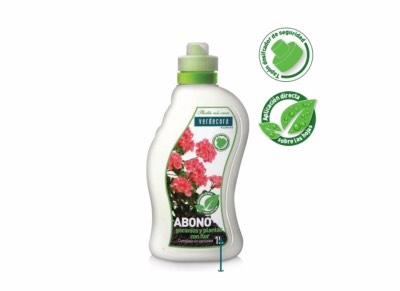
This peony care should be applied at two specific times of the year and with two different formulations. While in autumn the plant will need 50% nitrogen and 100% sodium and potassium; with the arrival of spring it will only require 50% nitrogen.
DISEASES OF PEONY
That it is a rustic plant does not imply that it is exempt from diseases. In fact, a good part of those that affect it are related to excess humidity. Something that, to a great extent, is in our hands to control since all of them depend on how they are planted.
One of the most common diseases of the peony is the so-called gray mold. An ailment that appears in the plant when it receives the sun it needs, and its leaves get wet on a regular basis. Also linked to excess environmental humidity, botrytis can appear on our plant. Avoiding it involves providing it with good ventilation, trying to plant it at a reasonable distance from any other congener or plant.
Rustic, spectacular and undemanding. Isn’t it worth following the care of the peony to the letter and enjoying its incredible beauty?

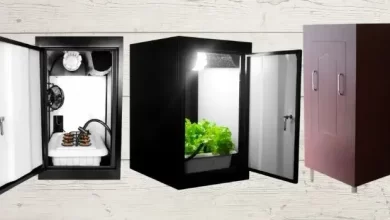

![Photo of Aeoniun Arboreum: [Cultivation, Irrigation, Associations, Pests and Diseases]](https://www.complete-gardening.com/wp-content/uploads/2022/08/aeoniun-arboreum-cultivation-irrigation-associations-pests-and-diseases-390x220.jpg)
